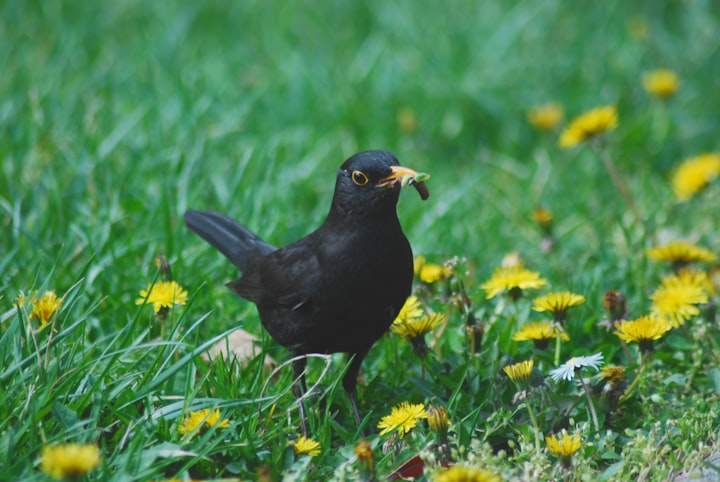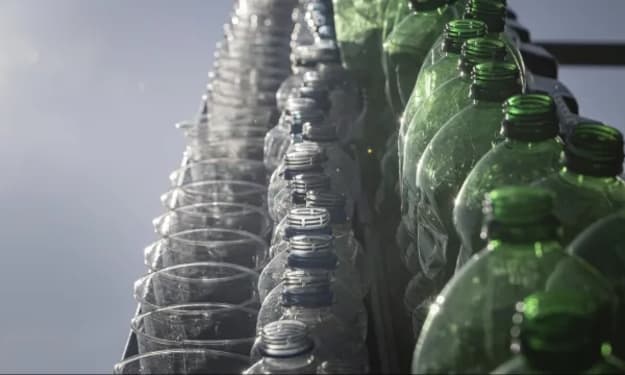How to Effectively Identify and Treat Lawn Grub Infiltrations
For gardening enthusiasts, there is nothing quite like the sight of lush green lawns. Unfortunately, lawn grubs are known to eat away at healthy roots until your lawn is damaged or ruined altogether. By being able to identify lawn grub and quickly treat the problem, your grass will be the pride of the neighbourhood all year long.

For gardening enthusiasts, there is nothing quite like the sight of lush green lawns. When the lawn is just right, hours of fun can be had running under the sprinkler, playing games or enjoying a barbecue with friends.
Unfortunately, lawn grubs also appreciate lush green lawns and are known to infiltrate healthy grass. These grubs will slowly but surely eat away at healthy roots until your lawn is partially damaged or ruined altogether.
While the thought of dead patches of lawn is enough to send stress levels sky high, there are steps lawn enthusiasts can take. By being able to identify lawn grubs and quickly treat the problem, your grass will be the pride of the neighbourhood all year long.
Types of lawn grubs
There are several types of lawn grubs to look out for. These grubs, ranging from curl grubs and lawn armyworms to sod webworms can cause a host of different problems across a variety of lawn types.
This is largely due to the fact that lawn grubs fall into two different categories. On one hand there are root feeding larvae that thrive under the surface of the soil. Eating away at everything from the roots to the organic matter that is littered throughout the soil.
On the other hand, there are also surface dwelling grubs. This particular variety of grub is known to feed on the actual leaves of grass. Causing distress to the lawn that can present as brown patches.
Both varieties of lawn grubs will generally begin their invasion in the warmer months. As lawn grubs seek out healthy lawn roots, the infestation will, more often than not, occur right in time for summer lawn parties and family gatherings.
It is also worth noting that the different types of lawn grubs will target every possible lawn type. However, the particular variety of lawns in your yard will impact just how quickly your grass bounces back.
For example, Fescue, Kikuyu and Couch lawn varieties will suffer major damage when infected with lawn grubs, taking months to recover. Whereas lawn varieties like Buffalo will suffer less damage and will therefore be back to normal in no time.
Curl Grub
Curl grubs are easily identifiable thanks to their brown heads and cream and grey bodies. Grass owners will generally find that curl grubs situate themselves on top of the grass, eating away at the grass stems.
Lawn Armyworm
Lawn armyworms are characterised by their green and brown colour. Known to infest grasslands and pastures, lawn armyworms thrive just below the surface of your lawn in what is known as the thatch layer.
Sod Webworm
In essence, sod webworms are small caterpillars with orange hairs and grey or even tan hairs on their bodies. During the day, these grubs will hide in silk burrows, yet, come the night time, they will emerge to feed on the blades of grass.
Signs of lawn grub infestations
Lawn grub infestations can spell disaster for your vibrant green and thriving lawn. Luckily, there are a few telltale signs of infestation. All of which help you act quickly to save your lawn from prolonged or permanent damage.
Hovering moths
Hovering moths act as a warning sign. This is because moths lay eggs, en masse, onto healthy lawns. Within 5 days, these eggs become grub larvae that attack the lawn. In less than a month, these grubs become egg laying moths that will start the cycle all over again.
Presence of brown patches
When it comes to lawns, the presence of brown patches can indicate a number of different issues. It could be that the lawn is dry and needs more water in order to thrive. It could also indicate the presence of lawn grubs.
This is because an infestation of surface dwelling grubs who constantly feed off the lawn’s roots will result in brown patches. It’s worth noting that these patches will often be irregular in size.
Birds flying around
If birds are congregating on your lawn in the early hours of the morning or just at dusk, you may have a lawn grub problem. This is because birds will hang around infested lawns in order to feed off the grubs.
Differences in texture
If you begin to notice your lawn changing texture, this could be a sign of a lawn grub infestation. Root feeding grubs will cause the grass’ texture to become spongy or to break away in parts.
By feeding on the root, lawn grubs essentially remove the roots that anchor your grass into the soil and ground. When these anchors are removed, you can almost roll the grass back like a roll of carpet.
Treating lawn grubs
When it comes to treatment, it’s important to note that each variety of lawn grub will inflict the same type of damage on your lawn. This means you won’t have to spend time trying to identify the exact type of infestation in your lawn before starting treatment.
For the most effective solutions, look for combination lawn insecticide treatments with a hose attachment. This way, the treatment is able to soak past the thatch layer, penetrating deep into the soil. This type of treatment will prevent grubs from laying any further eggs.
In some cases, it may be wise to apply a second treatment at least two weeks after the initial spray on a solution. This way, any grubs or eggs that managed to hold on the first time around are properly taken care of. Finish with fertilizer to kick start the recovery process.
Keeping your lawn vibrant and lush
Curating the perfect lawn requires hard work. There are hours to be spent watering, weeding and mowing lawns in order to achieve the perfect grass. That’s why it’s so disheartening when lawn grubs take residence and cause havoc.
While lawn grub infestations can’t necessarily be prevented, they can be effectively treated. In fact, if lawn owners recognise grubs and the common signs of infestation, treatment can begin instantly. Ensuring that your lawn returns to its former glory in no time.
About the Creator
Maddy
Maddy has a journalism background and is an aspiring novelist. Proud dog mum to two border collies TJ and Max and has the ability to decipher any Taylor Swift song lyrics hidden meanings.






Comments
There are no comments for this story
Be the first to respond and start the conversation.